Home>Dining>Tableware>What Should You Do Every Time Before Heating Glassware On A Hot Plate
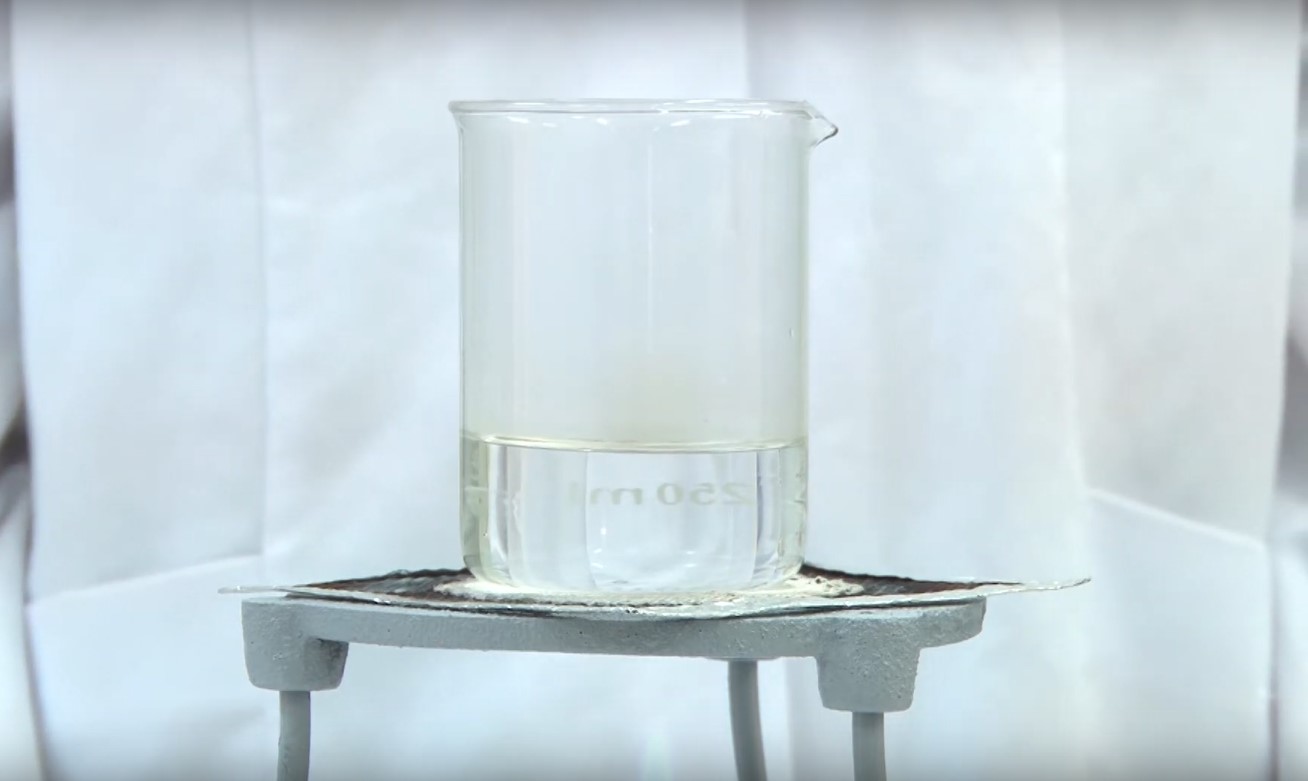

Tableware
What Should You Do Every Time Before Heating Glassware On A Hot Plate
Modified: February 4, 2024
Ensure safety when using a hot plate for heating glass tableware. Follow these essential steps before using a hot plate to prevent accidents and damage.
(Many of the links in this article redirect to a specific reviewed product. Your purchase of these products through affiliate links helps to generate commission for Storables.com, at no extra cost. Learn more)
Introduction
When it comes to heating glassware on a hot plate, it is crucial to follow the right steps to ensure safety and prevent any damage. Glassware, such as beakers, flasks, and test tubes, is commonly used in scientific laboratories and kitchens for various purposes. Whether you’re conducting experiments or simply heating ingredients for a culinary creation, taking certain precautions is essential to avoid accidents or breakage.
In this article, we will explore the necessary steps you should take before heating glassware on a hot plate. By following these guidelines, you can minimize the risk of mishaps and improve the longevity of your glassware.
Key Takeaways:
- Prioritize safety by wearing protective gear, inspecting glassware for damage, and choosing appropriate hot plate settings to minimize accidents and ensure efficient heating processes.
- Always allow glassware to cool sufficiently before handling, use heat-resistant mats, and monitor the heating process closely to prevent breakage and ensure safety.
Safety Precautions
Before starting the heating process, it’s important to prioritize safety. The following safety precautions should always be observed:
- Wear protective gear: When handling glassware on a hot plate, it is crucial to protect yourself from potential hazards. Wear heat-resistant gloves, safety goggles, and a lab coat to shield yourself from heat, chemical splashes, and possible breakage.
- Work in a well-ventilated area: Ensure that the area where you will be heating the glassware is properly ventilated. Adequate ventilation helps to disperse any fumes or gases that may be emitted during the heating process.
- Avoid excessive heating: Take care not to subject the glassware to excessive heat. Overheating can cause the glass to shatter or weaken, leading to potential hazards. Always follow the recommended temperature limits for the specific type of glassware you are using.
- Keep flammable materials away: Make sure that there are no flammable materials near the hot plate when heating glassware. This includes any solvents, chemicals, or other substances that could ignite or react dangerously with heat.
- Never leave unattended: It is crucial to stay present and attentive while heating glassware. Never leave the hot plate unattended, as this increases the risk of accidents. If you need to step away briefly, turn off the hot plate and remove the glassware from the heat source.
- Be mindful of hot surfaces: Remember that the hot plate and glassware will become extremely hot during the heating process. Avoid touching the hot plate or glassware with bare hands. Use appropriate tools like tongs or heat-resistant mats to handle the glassware.
- Follow manufacturer’s instructions: Different types of hot plates may have specific instructions or settings for heating glassware. Always refer to the manufacturer’s guidelines to ensure proper usage and safety precautions.
By following these safety precautions, you can minimize the risks associated with heating glassware on a hot plate and create a safer environment for yourself and those around you.
Check for Damage or Defects
Prior to heating glassware on a hot plate, it is important to inspect and ensure that the glassware is in good condition. This step is crucial to prevent potential accidents or breakages during the heating process. Here’s what you should do:
- Check for cracks or chips: Thoroughly examine the glassware for any visible cracks, chips, or scratches. These imperfections can compromise the integrity of the glass and make it more susceptible to breakage when exposed to heat.
- Inspect the glassware for flaws: Look for any unusual irregularities or deformities in the glass. This includes things like uneven thickness, bubbles, or impurities that may weaken the glass structure and increase the risk of failure when heated.
- Ensure the integrity of joints and seals: If the glassware consists of multiple components or has joints and seals, check to ensure that they are in good condition. Loose joints or faulty seals can lead to leaks or separations during the heating process.
- Ensure the glassware is compatible with hot plate use: Some glassware may not be suitable for direct heating on a hot plate. Check the manufacturer’s instructions or consult with a glassware expert to confirm if the specific glassware is compatible with heating on a hot plate.
If you notice any cracks, chips, or other defects in the glassware, it is best to avoid using it for heating purposes. Using damaged glassware can pose a serious safety risk, as it may shatter or leak when exposed to heat.
Remember, prevention is always better than dealing with the consequences of broken glassware. Taking the time to inspect and ensure the glassware is free from damage or defects will help maintain a safe and efficient heating process.
Clean and Dry the Glassware
Prior to heating glassware on a hot plate, it is essential to clean and dry it thoroughly. Proper cleaning ensures the removal of any impurities or contaminants that could affect the heating process or lead to undesirable reactions. Here are the steps to follow:
- Rinse with water: Begin by rinsing the glassware with water to remove any loose particles or residues. Use warm water and gently swirl it inside the glassware to ensure thorough rinsing.
- Use a suitable cleaning agent: Depending on the type of substances that were previously in contact with the glassware, you may need to use a suitable cleaning agent. For general cleaning, mild soap or detergent can be effective. For more stubborn residues or stains, specialized cleaning agents or solvents may be necessary. Follow the manufacturer’s instructions or consult with a glassware expert for guidance.
- Scrub gently: Use a soft-bristle brush or a non-abrasive scrub pad to scrub the inside and outside of the glassware. Pay attention to areas that may have residues or deposits, such as the bottom or the neck of the flask.
- Rinse thoroughly: After scrubbing, thoroughly rinse the glassware with clean water to remove any traces of cleaning agent. Make sure to rinse multiple times to ensure complete removal.
- Dry completely: Once the glassware is clean, allow it to air dry completely. Alternatively, you can use a lint-free cloth or paper towel to gently dry the glassware without leaving any fibers or lint behind.
It is essential to ensure that the glassware is completely dry before placing it on the hot plate. Any residual moisture can cause the glass to crack or shatter when exposed to heat, posing a significant safety risk. Take your time and ensure that the glassware is thoroughly dry before proceeding with the heating process.
By maintaining clean and dry glassware, you not only ensure the safety of the heating process but also prolong the lifespan and quality of the glassware itself.
Choose the Appropriate Hot Plate Setting
When heating glassware on a hot plate, selecting the correct temperature setting is crucial to ensure the safe and effective application of heat. Here’s how to choose the appropriate hot plate setting:
- Refer to the manufacturer’s instructions: Consult the user manual or guidelines provided by the hot plate manufacturer. They often provide recommended temperature ranges and settings for various types of glassware.
- Consider the specific type of glassware: Different types of glassware have varying temperature tolerances. For example, Pyrex or borosilicate glassware can withstand higher temperatures compared to regular soda-lime glass. Know the limitations of the glassware you are using and adjust the temperature accordingly.
- Start with a low setting: It’s always best to start with a lower temperature setting and gradually increase if necessary. This allows you to monitor the glassware and prevent sudden temperature shocks that could lead to breakage.
- Consider the contents being heated: The type of substances being heated in the glassware should also be taken into account. Some substances may require higher temperatures for proper reaction or boiling, while others may require lower temperatures to avoid degradation.
- Observe the glassware during heating: Keep a close eye on the glassware as it heats up. Pay attention to any signs of stress, such as cracks or excessive bubbling, which may indicate that the temperature setting is too high.
Remember, it is better to heat the glassware slowly and steadily rather than rushing the process. Gradual heating helps to prevent sudden expansion or contraction, reducing the risk of breakage.
By selecting the appropriate hot plate setting, you can ensure that the glassware is heated effectively and safely, minimizing the potential for accidents or damage.
Use a Heat-Resistant Mat or Wire Gauze
When heating glassware on a hot plate, it is important to provide a protective barrier between the glassware and the hot plate surface. This helps to distribute heat evenly and reduce the risk of direct heat transfer, which can cause stress or uneven thermal expansion in the glassware. Here’s how to use a heat-resistant mat or wire gauze:
- Select a heat-resistant mat or wire gauze: Choose a mat or gauze specifically designed for high-temperature applications. These materials are resistant to melting or burning and provide a stable platform for supporting the glassware.
- Place the heat-resistant mat or wire gauze on the hot plate: Ensure that the mat or gauze covers the entire surface area of the hot plate. This creates a protective barrier between the direct heat source and the glassware.
- Safely position the glassware: Carefully place the glassware on top of the heat-resistant mat or wire gauze. Ensure that it is stable and securely positioned to prevent tipping or sliding during the heating process.
- Allow for proper airflow: Make sure that there is adequate airflow around the glassware. This helps to dissipate heat and prevent any potential build-up of heat that could lead to localized stress or uneven heating.
Using a heat-resistant mat or wire gauze not only provides a protective barrier but also helps to create a more even distribution of heat, reducing the risk of thermal gradients in the glassware. This can help prevent potential breakage or stress points, ensuring a safer and more efficient heating process.
Remember to always follow the manufacturer’s instructions and recommendations when using a heat-resistant mat or wire gauze, as they may provide specific guidelines for different types of glassware or hot plates.
Always check for cracks or chips in the glassware before heating on a hot plate. Any damage can cause the glass to shatter when heated, leading to potential injury.
Place the Glassware Securely on the Hot Plate
Proper placement of glassware on the hot plate is crucial for a safe and effective heating process. Ensuring that the glassware is securely positioned on the hot plate helps to minimize the risk of accidents or breakage. Here’s how to place the glassware securely:
- Choose an appropriate size hot plate: Ensure that the hot plate you are using is large enough to accommodate the size of the glassware without any overhang. This provides stability and prevents the glassware from tipping over.
- Center the glassware on the hot plate: Place the glassware in the center of the hot plate to distribute the heat evenly. Avoid placing the glassware near the edges of the hot plate, as this may result in uneven heating or an increased risk of tipping.
- Use a clamp or support: For tall or top-heavy glassware, it is recommended to use a clamp or support to secure the glassware in place. This prevents accidental spills or falls during the heating process. Make sure the clamp or support is securely attached to a stable surface.
- Ensure stability: Make sure that the glassware is stable and firmly positioned on the hot plate. Avoid any wobbling or tilting, as this can lead to spills or even the glassware toppling over.
- Allow space between glassware: If heating multiple pieces of glassware simultaneously, ensure that there is enough space between them. This allows for proper airflow and heat distribution and reduces the risk of collision or interference between the glassware.
By placing the glassware securely on the hot plate, you create a stable and safe environment for the heating process. This minimizes the risk of accidents or damage to both the glassware and the surroundings.
Always exercise caution and follow any additional instructions or guidelines provided by the manufacturer for specific types of glassware or hot plates.
Monitor the Heating Process
Monitoring the heating process when heating glassware on a hot plate is vital to ensure the safety and effectiveness of the procedure. By closely observing the glassware, you can identify any potential issues and take appropriate actions. Here’s how to effectively monitor the heating process:
- Stay present and attentive: Never leave the glassware unattended while it is being heated. Remain in close proximity and keep your focus on the heating process throughout.
- Observe for any signs of stress: Watch for any signs of stress in the glassware, such as cracks, bubbles, or discoloration. If you notice any of these signs, immediately remove the glassware from the heat source and allow it to cool down.
- Check for even heating: Ensure that the heat is being evenly distributed to the glassware. If you notice any hotspots or uneven heating, adjust the hot plate setting or reposition the glassware to achieve a more uniform heat distribution.
- Monitor the contents: Pay attention to the contents in the glassware. Some substances may undergo rapid chemical reactions or boiling, which can lead to frothing, splattering, or overflows. Adjust the heat accordingly or use additional precautionary measures, such as using a larger container or reducing the heat intensity.
- Be prepared for unexpected reactions: Some reactions or heating processes may produce unexpected results, such as the release of gases or the formation of solids. Be prepared for these reactions and have appropriate safety measures in place, such as a fume hood or a suitable containment vessel.
Regular monitoring allows you to detect any potential issues early on and react appropriately to prevent accidents or damage. It is important to exercise caution and prioritize safety throughout the heating process.
Remember, if at any point you feel uncertain or encounter any unusual reactions or behavior, it is best to consult with an experienced professional or seek guidance from a knowledgeable source.
Use Protective Gear and Tools
When heating glassware on a hot plate, it is important to prioritize your safety by using appropriate protective gear and tools. These help to minimize the risk of accidents, burns, or other injuries during the heating process. Here’s what you should consider:
- Heat-resistant gloves: Wear heat-resistant gloves to protect your hands and arms from potential burns. These gloves provide insulation and allow you to handle hot glassware or other equipment with confidence.
- Safety goggles: Protect your eyes from potential splashes, spills, or shattered glass by wearing safety goggles. These goggles help to shield your eyes and prevent any harmful substances or shards from reaching them.
- Lab coat or protective clothing: Wear a lab coat or other protective clothing to cover exposed skin and prevent direct contact with hot glassware or chemicals. This provides an additional layer of protection in case of spills or accidents.
- Heat-resistant tongs or tools: Use heat-resistant tongs or tools to handle hot glassware. These tools allow you to securely grip and move the glassware without coming into direct contact with the hot surfaces.
- Fire extinguisher: Keep a fire extinguisher nearby, especially if you are working with flammable materials. Familiarize yourself with its operation and ensure it is in proper working condition.
These protective gear and tools should always be used when working with hot glassware. They provide a layer of safety and reduce the risk of burns, cuts, or other injuries that can occur during the heating process.
Remember to properly maintain and inspect your protective gear and tools regularly to ensure their effectiveness. Replace any worn-out or damaged equipment promptly to ensure your safety and that of those around you.
Read more: What Should You Put Under A Hot Tub
Allow Sufficient Cooling Time before Handling
After heating glassware on a hot plate, it is important to allow sufficient cooling time before handling it. Glassware retains heat for a significant period, and premature handling can lead to burns or breakage. Here are the steps to ensure safe handling:
- Turn off the hot plate: First and foremost, turn off the hot plate once you have completed the heating process. This stops the transfer of heat to the glassware and begins the cooling process.
- Leave the glassware untouched: Avoid touching or moving the glassware immediately after turning off the hot plate. Allow it to cool down naturally on the hot plate or transfer it to a designated cooling area.
- Use protective gear when handling: When the glassware has sufficiently cooled down, use heat-resistant gloves or tongs to handle it. This prevents any accidental burns or injuries from residual heat.
- Monitor the glassware temperature: Before touching the glassware with bare hands, check the temperature to ensure it is cool enough to handle safely. Use a non-contact thermometer or touch the glassware gently with the back of your hand to gauge the temperature.
- Allow extra cooling time for delicate glassware: Some delicate glassware, such as thin-walled or precision instruments, may require additional cooling time due to their increased susceptibility to thermal stress. Be patient and allow them sufficient time to reach room temperature before handling.
By allowing sufficient cooling time, you minimize the risk of burns and reduce the potential for thermal shock, which can cause glassware to crack or shatter. Taking this precaution ensures your safety and preserves the integrity of the glassware.
Remember, even when the external temperature of the glassware feels cool, some areas may still retain heat internally. Exercise caution and be mindful of residual heat when handling glassware to avoid accidents.
Conclusion
Heating glassware on a hot plate can be a common practice in laboratories, kitchens, and other settings. However, it is important to approach this process with caution and follow the necessary steps to ensure safety and prevent damage. By adhering to the guidelines discussed in this article, you can optimize the heating process while minimizing the risk of accidents or breakage.
Throughout the heating process, it is crucial to prioritize safety precautions. This includes wearing appropriate protective gear, working in a well-ventilated area, and avoiding excessive heating. Additionally, regularly monitoring the glassware for signs of stress or uneven heating helps to identify any potential issues early on.
Before heating the glassware, always inspect it for any damage or defects. Using damaged glassware can pose serious safety risks, as it may break or leak during the heating process. Cleaning and drying the glassware thoroughly before heating ensures optimal performance and safety.
Selecting the appropriate hot plate setting is essential to avoid overheating or damaging the glassware. Using a heat-resistant mat or wire gauze provides a protective barrier and promotes even heat distribution. Properly placing the glassware on the hot plate and allowing sufficient cooling time before handling further ensures safe handling and reduces the risk of accidents.
By following these guidelines and constantly prioritizing safety, you can confidently heat glassware on a hot plate while minimizing the chances of accidents, breakage, or personal injury. Always refer to the specific instructions provided by the hot plate’s manufacturer and consult an expert if you are unsure about any aspect of the process.
Remember, safety should be the top priority when working with glassware and hot plates. By adopting a careful and cautious approach, you can enjoy a safe, efficient, and successful heating process in any laboratory or kitchen setting.
Frequently Asked Questions about What Should You Do Every Time Before Heating Glassware On A Hot Plate
Was this page helpful?
At Storables.com, we guarantee accurate and reliable information. Our content, validated by Expert Board Contributors, is crafted following stringent Editorial Policies. We're committed to providing you with well-researched, expert-backed insights for all your informational needs.
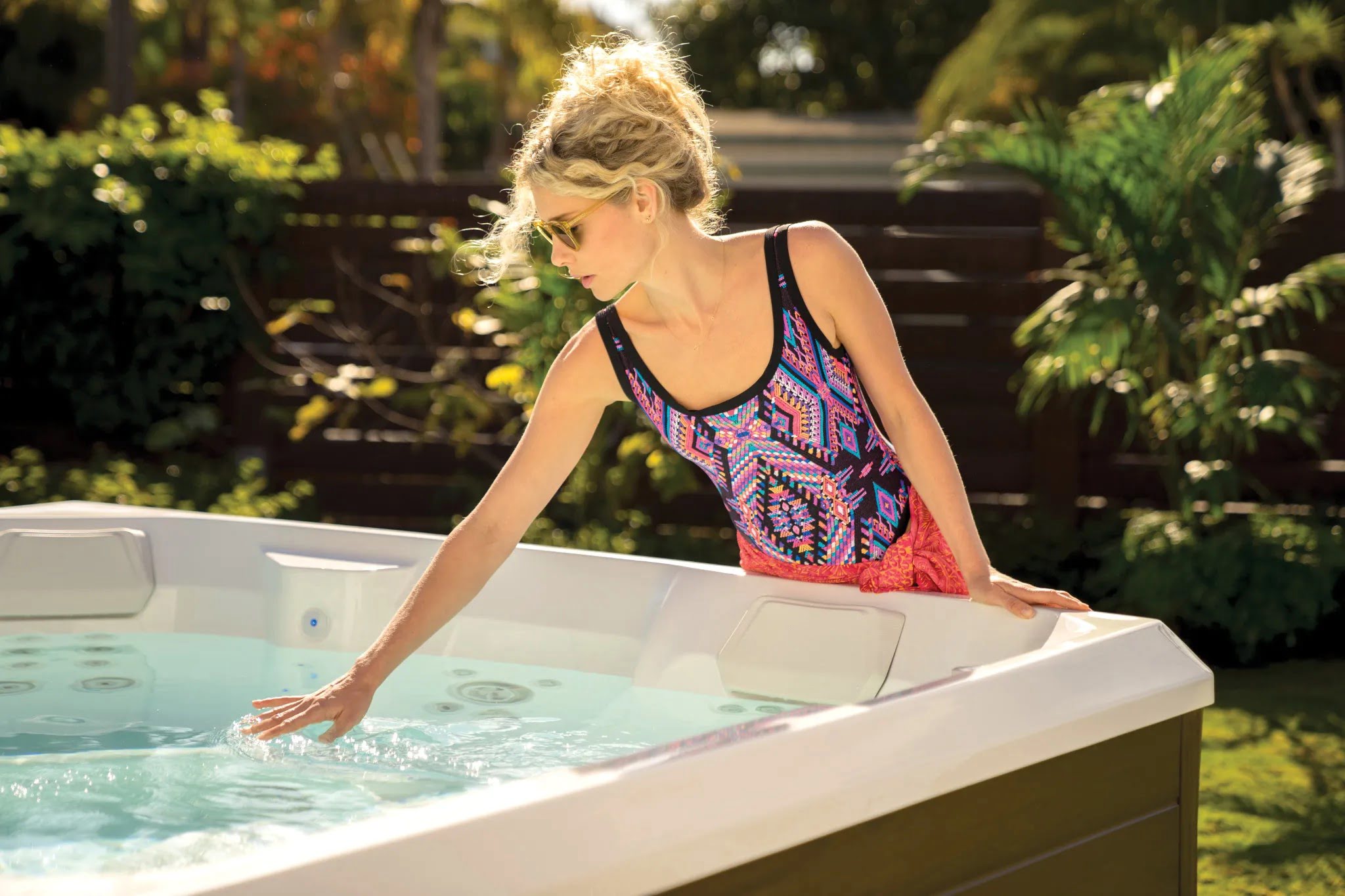

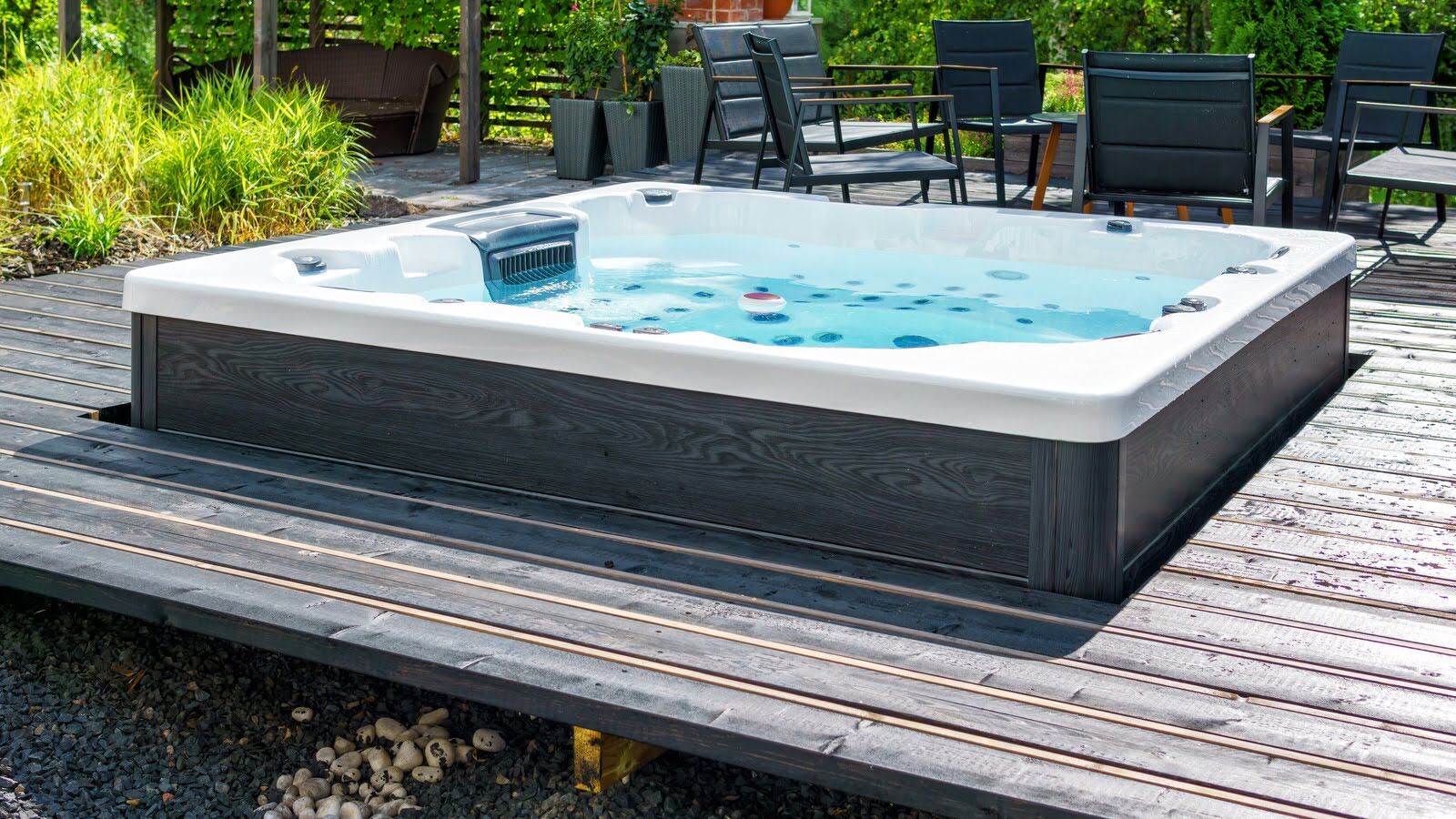
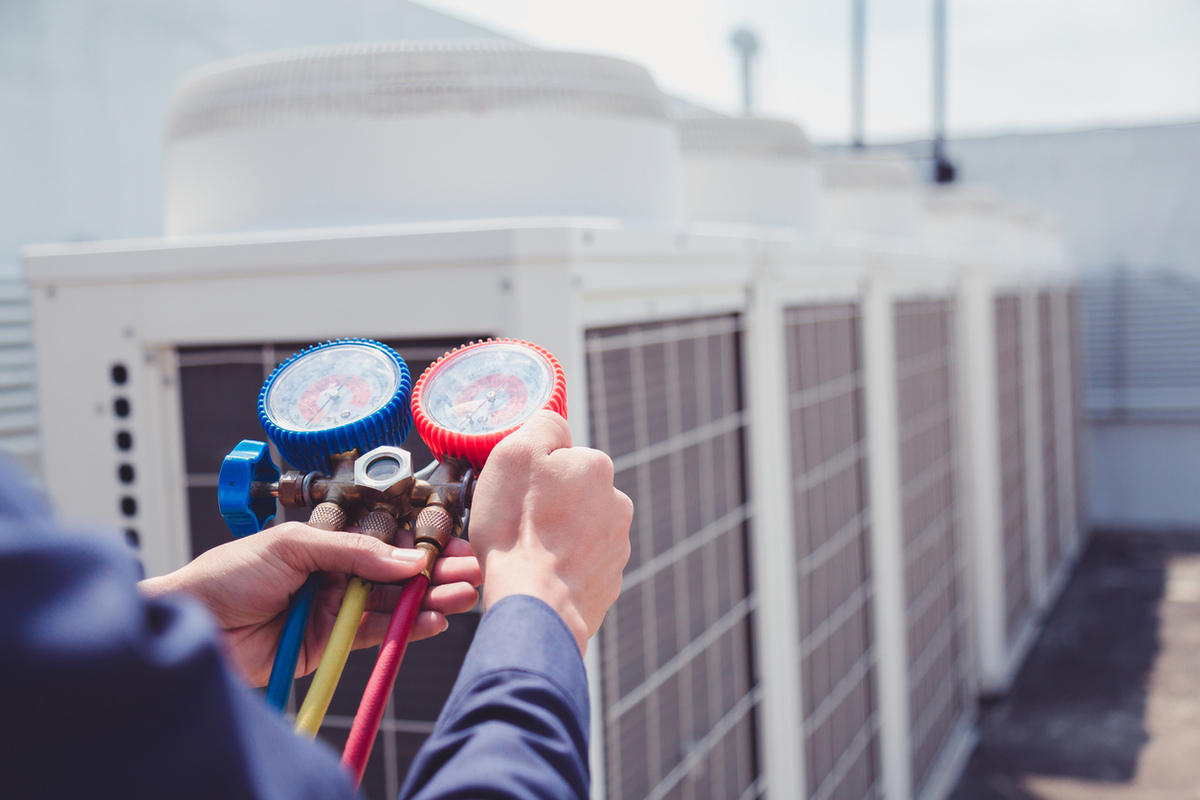
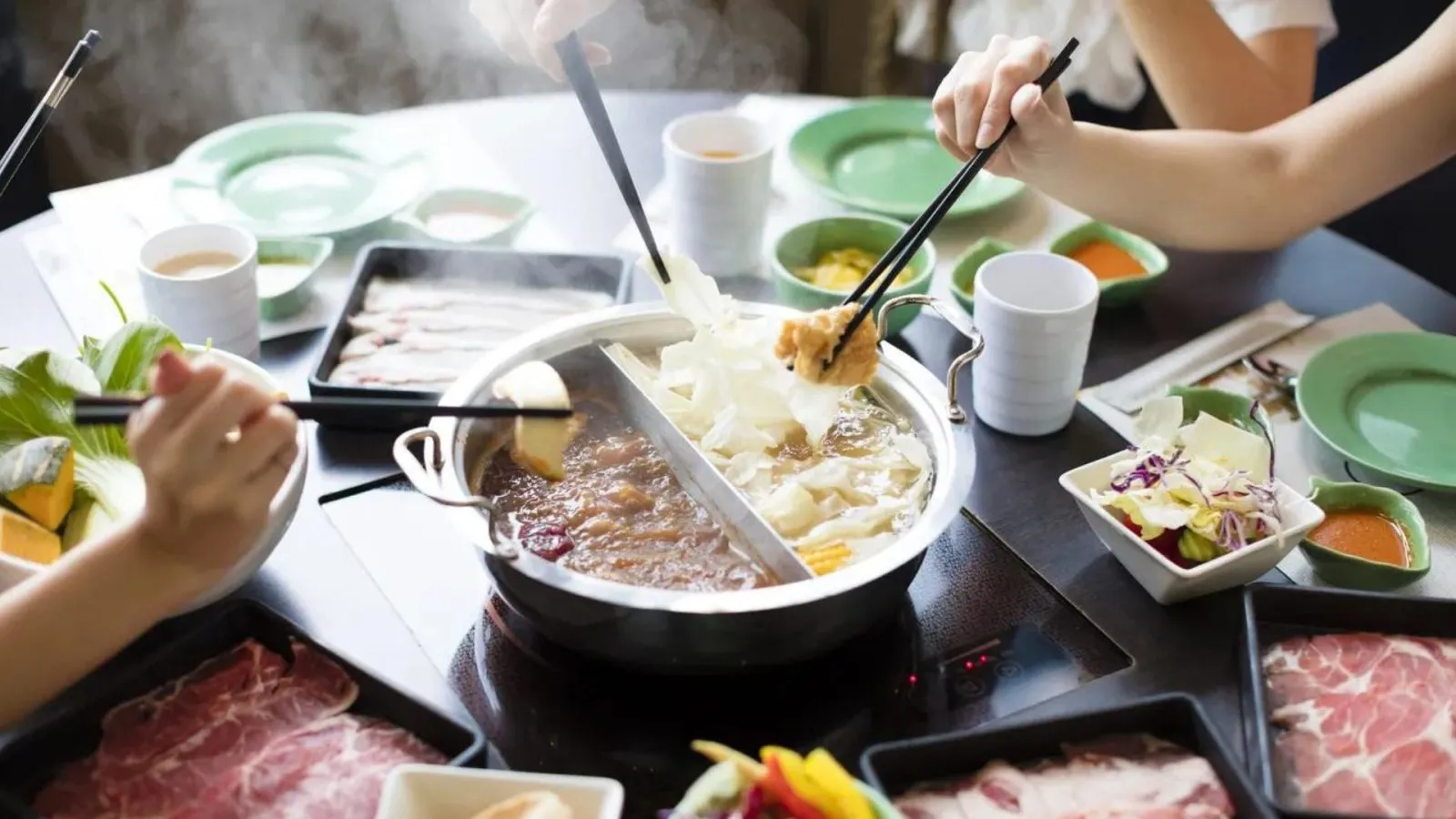
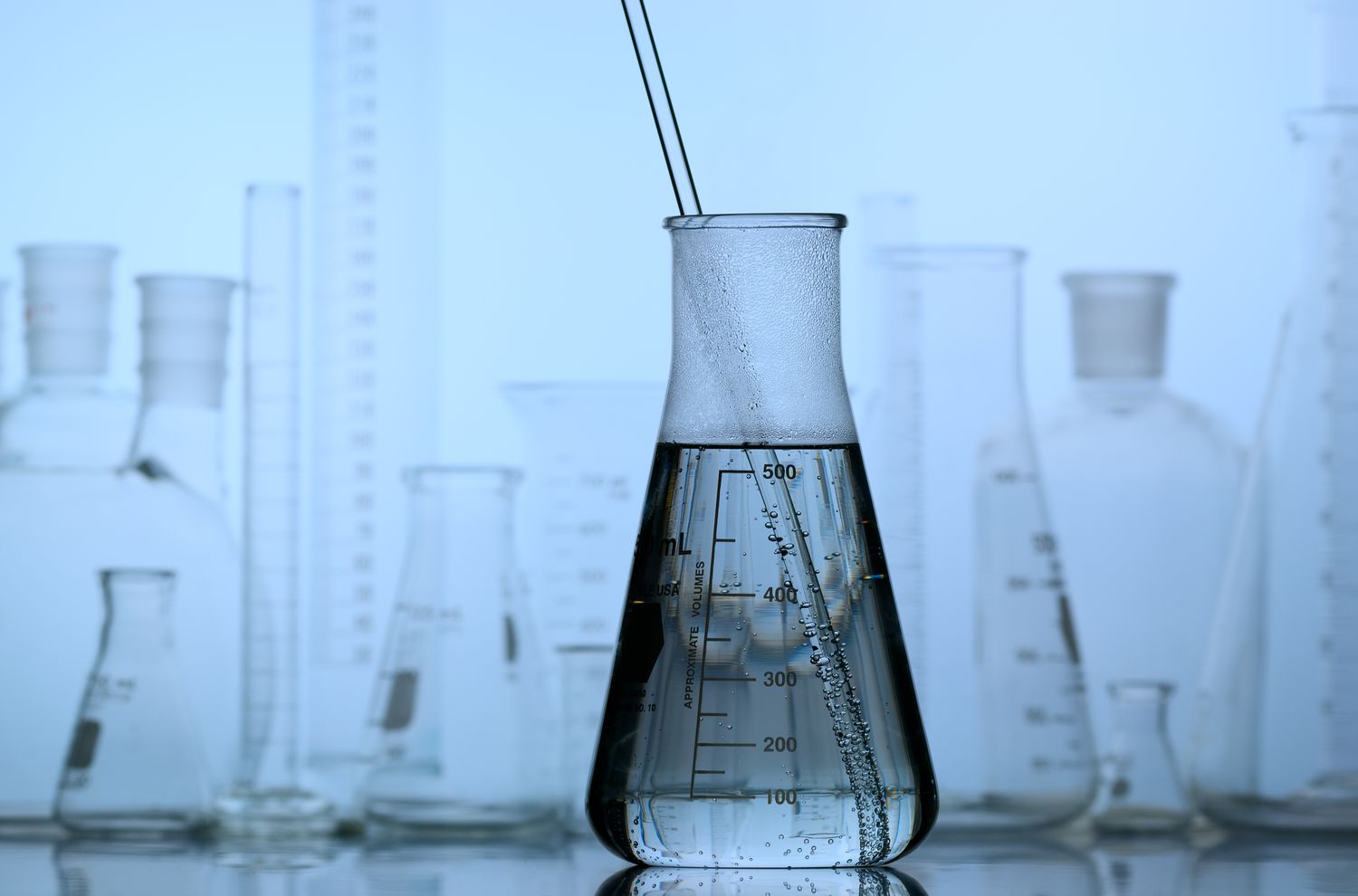

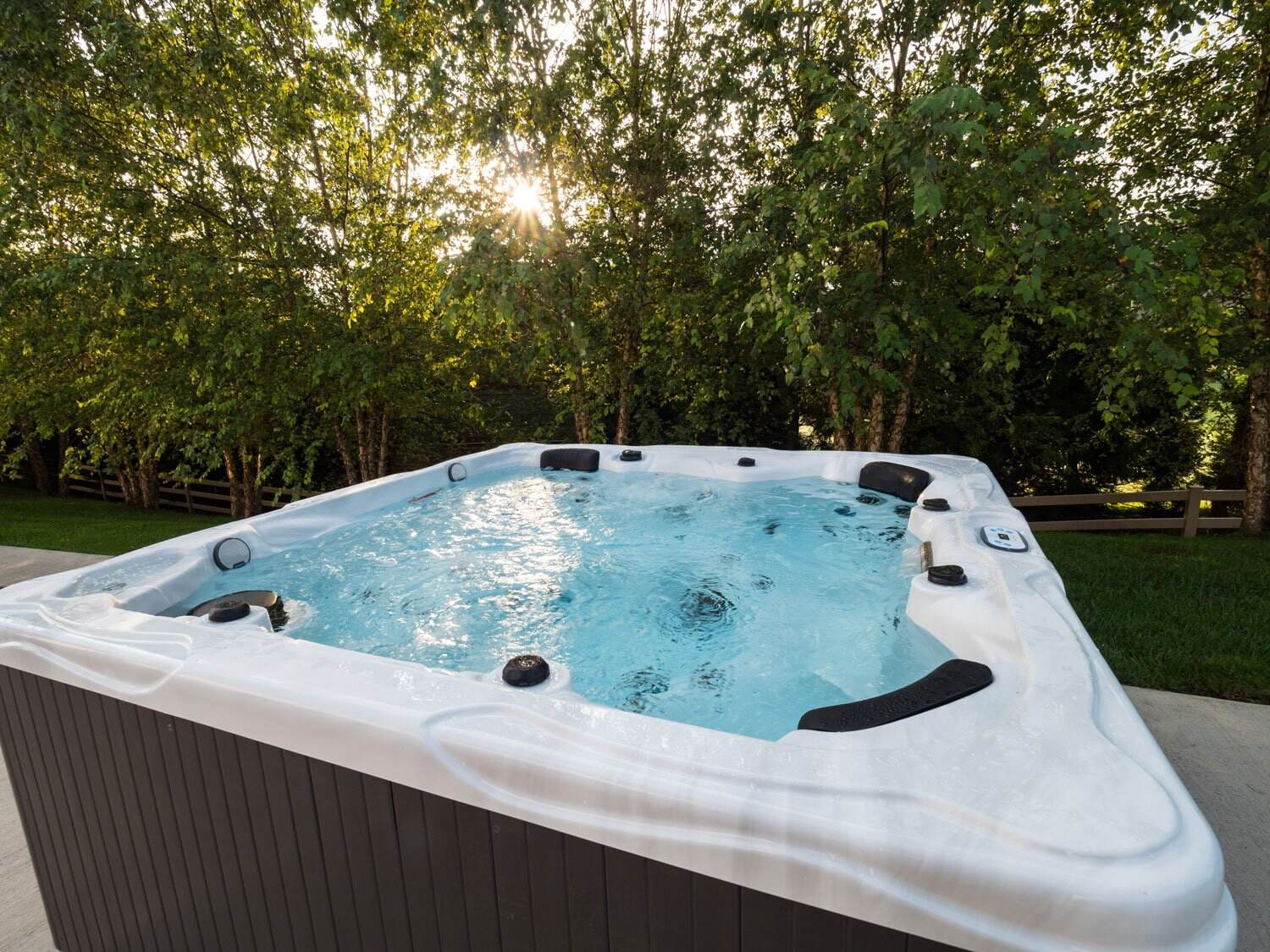
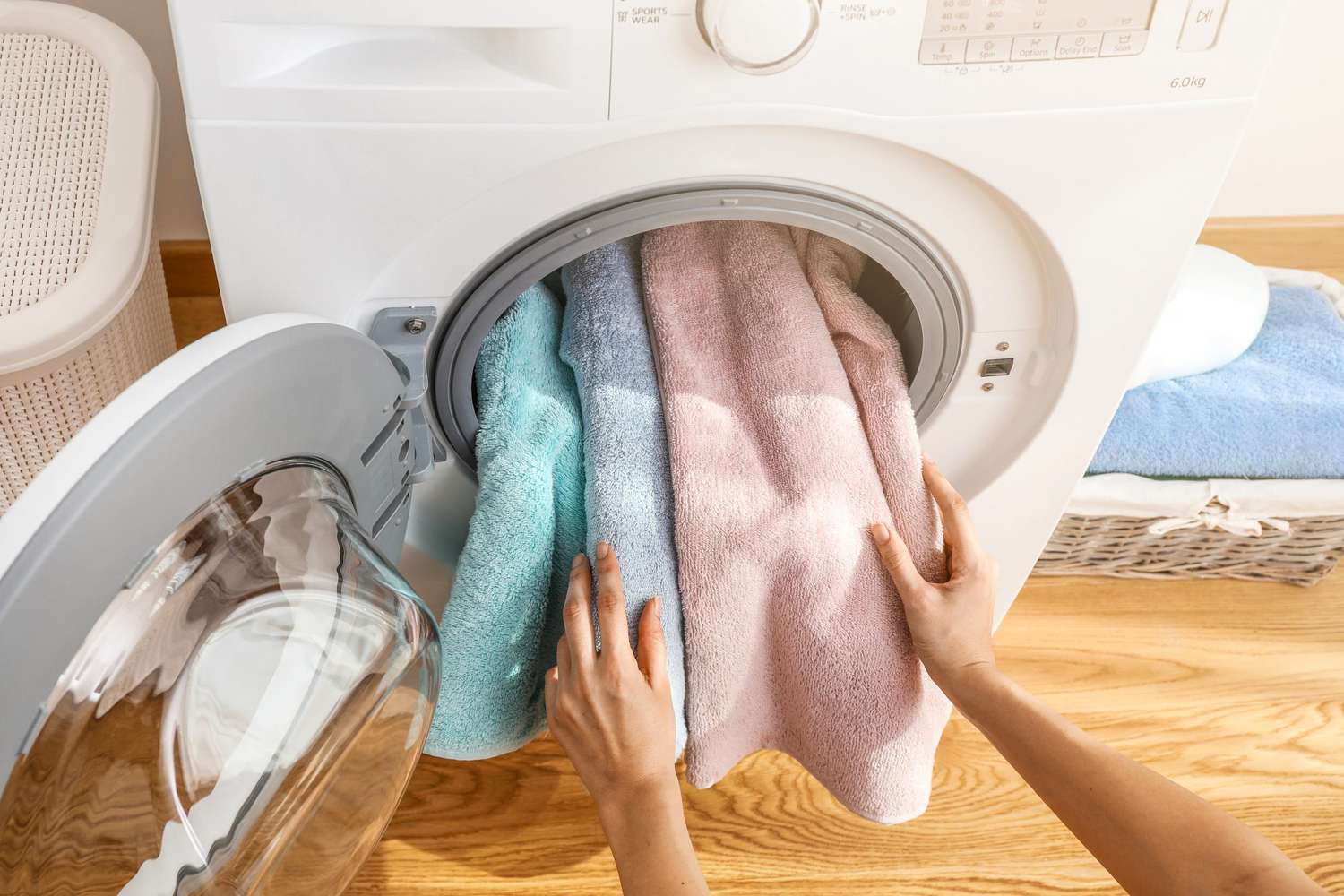


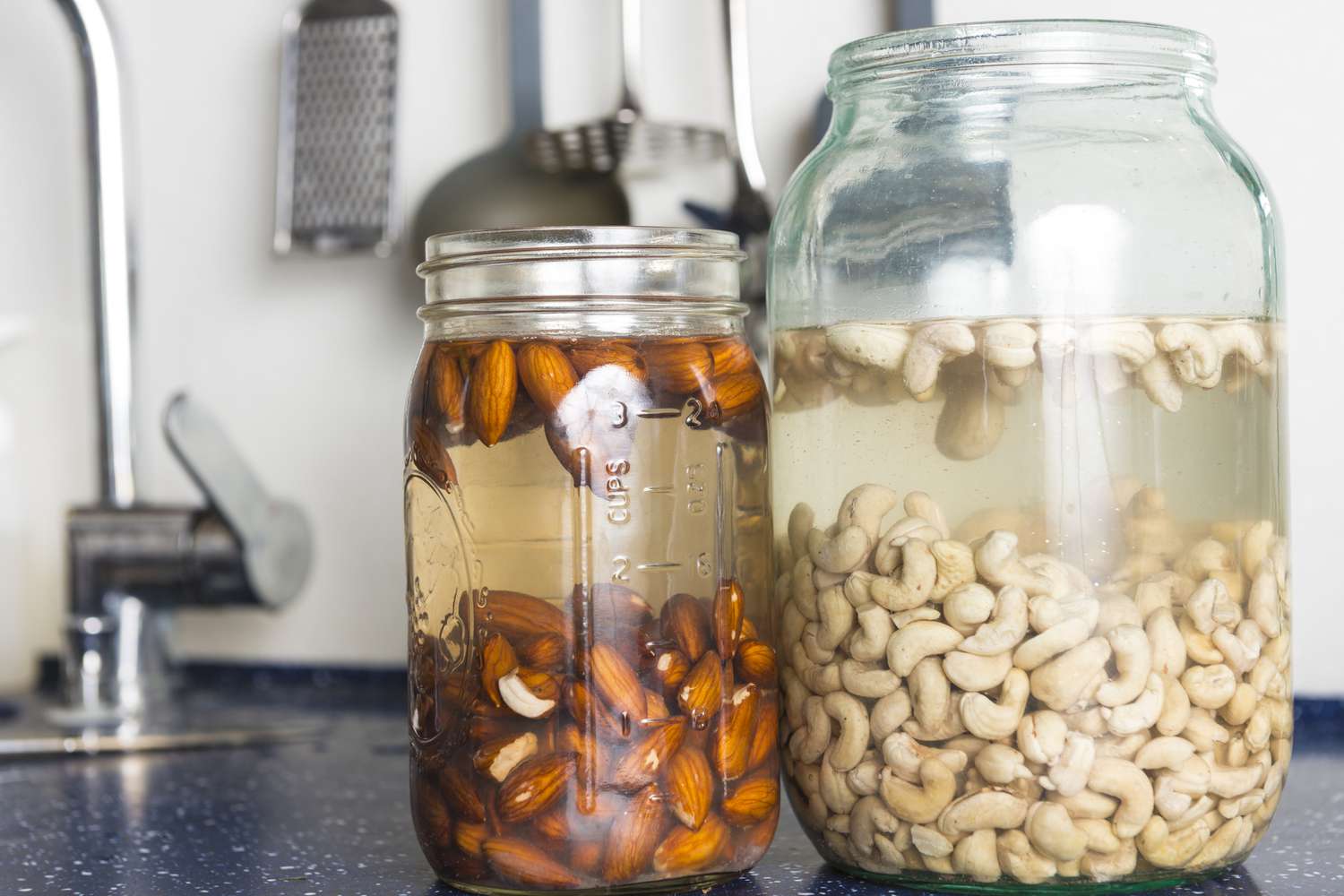
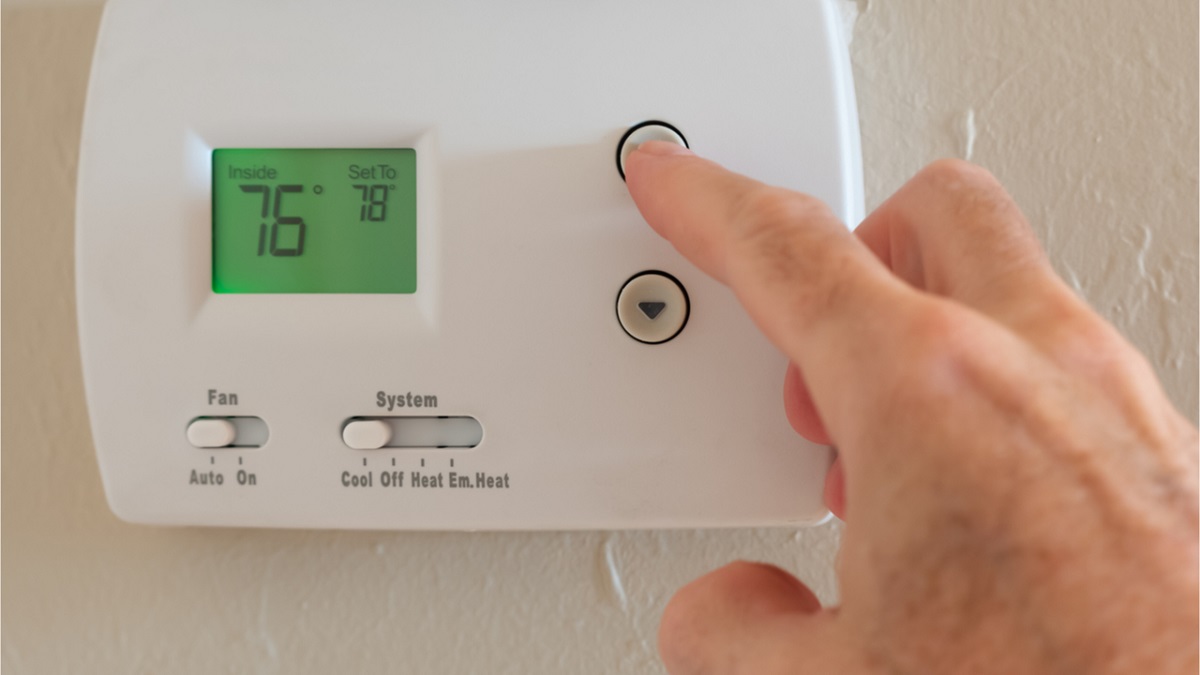

0 thoughts on “What Should You Do Every Time Before Heating Glassware On A Hot Plate”